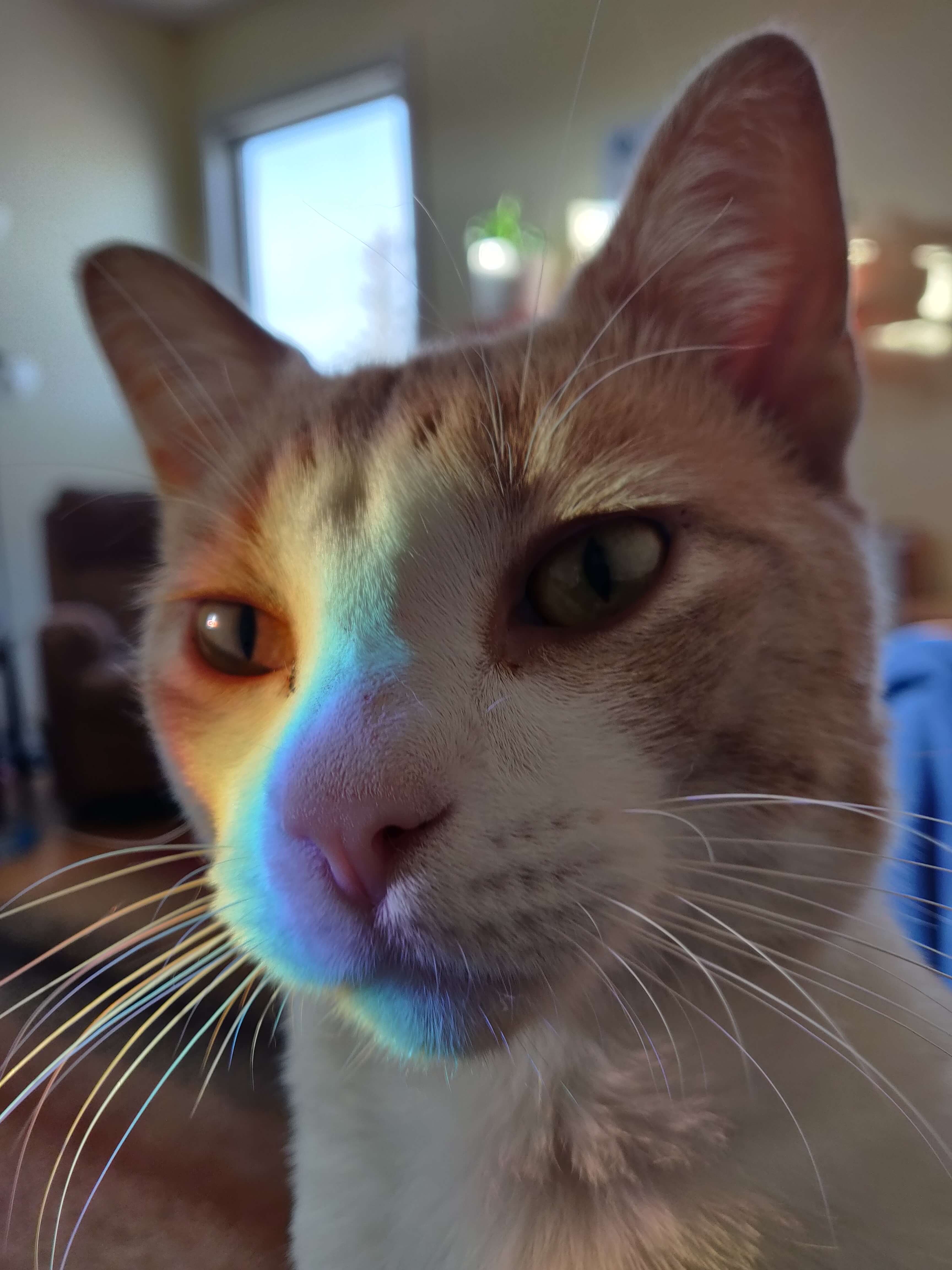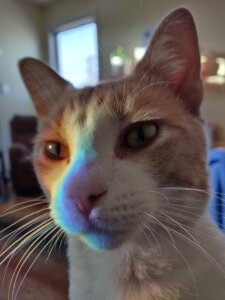
TinyJPG vs. Compress or Die
Compressing images for websites can help make a huge difference in whether your website is listed in the top pages of your favorite search engine and seen or buried and never seen. TinyJPG (also known as TinyPNG) has long been talked about when it comes to compressing images and I will admit I like TinyJPG. It has an easy to use web interface and if you are using a content management system like WordPress you can find plugins that will make it even easier to use. As good as TinyJPG is, is it really the best?
Enter Compress-Or-Die, it has been around since 2016 and offers a wide selection of image compression options. I will admit I am not a graphic compression expert, I am a person that simply wants to find an easy tool to compress a few images to make them load as fast as possible on the Internet so they load fast for users and still look good. There is a whole science behind how image compression works, that is not the point of this post. If you want to read a more in depth comparison (although a slightly biased article I am sure) Compress-or-Die has a more in depth article comparing image compression tools.
For this test it is simple. I have this image of a cat and I want to share this amazing image with all my friends on the Internet. Here is the original image. The image has an original file size of 3.5 MB (That is the linked image. You have been warned). 
Compress-or-Die version after compression is 808 KB.  That is a compression of 75.98% percent by Compress-or-Die. Nothing to complain about and the end result will certainly speed loading of the image on the Internet. That is using the basic setting provided by Compress-or-Die. There is also the option to use expert mode, which would probably trim size off the image but if you are looking at compressing the occasional image might be more than you are looking for.
That is a compression of 75.98% percent by Compress-or-Die. Nothing to complain about and the end result will certainly speed loading of the image on the Internet. That is using the basic setting provided by Compress-or-Die. There is also the option to use expert mode, which would probably trim size off the image but if you are looking at compressing the occasional image might be more than you are looking for.
The TinyJPG version after compression is 483 KB.  That is a compression of 86% percent by TinyJPG. That is roughly 40% smaller than the Compress-or-Die compressed image.
That is a compression of 86% percent by TinyJPG. That is roughly 40% smaller than the Compress-or-Die compressed image.
Compress-or-Die did a good job of compressing the original image and was able to shed a large amount of the original image but TinyPNG certainly wins in size and in ease of use in this test. The downside of TinyPNG is you get the type of image back that you upload. Compress-or-Die does give you the option to compress an image into a different format. For example I was able to also download a WebP version of the image without having to reupload the original image. If you are just looking to compress a few images for sharing without a lot of hassle and you want the best compression size you can get TinyJPG is probably your best option.